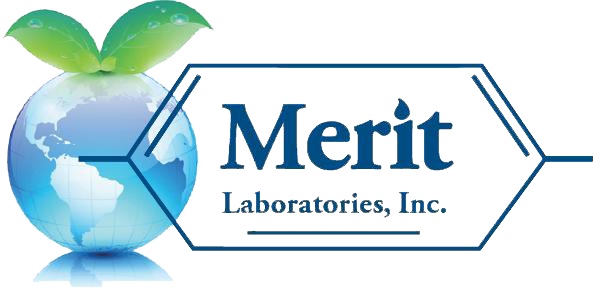The U.S. Environmental Protection Agency (EPA) announced that the nation’s first ever PFAS National Primary Drinking Water Regulation (NPDWR) is now final.
The final rule, announced on April 10, 2024, establishes legally enforceable maximum contaminant levels (MCLs) for PFAS in drinking water. The PFAS compounds that are part of the final rule and their associated MCLs include:
PFOA: 4.0 parts per trillion (ppt or ng/L)
PFOS: 4.0 ppt
PFNA: 10 ppt
PFHxS: 10 ppt
HFPO-DA (GenX Chemicals): 10 ppt
Mixtures containing two or more of the following PFAS: PFNA, PFHxS, PFBS, and HFPO-DA (GenX Chemicals): 1.0 Hazard Index (unitless). The Hazard Index is a tool used to evaluate potential health risks from exposure to chemical mixtures. EPA is proposing that water systems use the Hazard Index tool to evaluate potential risks based on an assumption of dose additivity.
In addition to the enforceable MCLs, EPA is also setting MCL Goals (MCLGs), which is a level of a contaminant in drinking water below which there is no known or expected risk to health. MCLGs also allow for a margin of safety and are non-enforceable public health goals. The MCLGs for PFOA and PFOS are set at 0, while the MCLGs for PFNA, PFHxS, and HFPO-DA (GenX Chemicals) are 10 ppt.
The EPA’s PFAS NPDWR rule will require public water systems to monitor for these PFAS, notify the public of levels of these PFAS, and reduce the levels of these PFAS in drinking water if they exceed the proposed standards. The final rule requires that public water systems will have three years to complete the initial monitoring requirements.
Merit Laboratories is a leading national PFAS environmental laboratory, analyzing drinking water, soil, wastewater, groundwater, and other sample matrices, including biosolids and sludge. Analytical methods performed by Merit for PFAS include drinking water by EPA 533, EPA 537.1, and EPA 537 rev. 1.1, soil and biosolids by ASTM D7968-17 with Isotopic Dilution, and wastewater, groundwater, and surface water by ASTM D7979-19 with Isotopic Dilution and the new EPA 1633 method.

